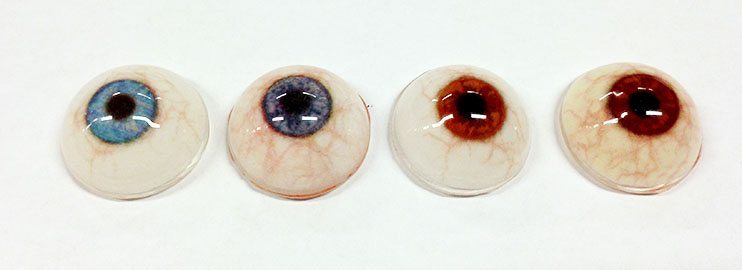When you think of medicine, product design probably isn’t the first thing to come to mind. However, as a Product Designer myself, I know that they’re needed everywhere. A toaster, an aeroplane interior, and even medical implants. But why for medicine? Product Designers are problem solvers, and medicine is full of problems to solve.
So let’s give some context.
Implants, and prostheses.
As we all know 3D printing is taking these expensive, handcrafted tools and bringing them into the 21st century. Though with some help from us proddies, they can be improved not just from a medically practical standpoint, but also as a general product that’ll be looked upon by patients who aren’t qualified medical professionals.
A little more context?
Fripp Design, a design agency.
They’ve already got the patent for their Picsima silicone printer, which prints a platinum catalyst into a bath of liquid silicone, creating a cleaner print than silicone printers which operate much like a very expensive caulking gun. It comes at the cost of removing the finished print from a gooey vat of ooze that won’t just wash away under the kitchen tap, but there are tried and tested removal methods for the uncured silicone.
This particular agency has undertaken projects with the sole intention of creating high quality prostheses at a far lower cost, one of which being soft tissue prostheses, and the other being prosthetic eyes (ocular prosthesis). The ocular prosthesis project was done in partnership with Manchester Metropolitan University.
Prosthetic eyes are usually handcrafted and hand painted and made out of acrylic plastic. They are shaped like a shell and fit over an ocular implant, which is a rounded device which is permanently embedded deeper into the eye socket.
The design aims for these ocular prostheses were:
- Drastically reduce the time take to manufacture ocular prostheses
- Match as close as possible to existing quality of stock prostheses
- Provide cost effective alternative to hand making stock prostheses
- Use off-the-shelf technology
- Improve consistency in supply
Since the aim was to produce standardised prostheses, there was no need for 3D scanning of a patient, so a prosthetic was modelled in CAD software. Next was to focus on how the iris would look. In order to get a good idea of how the iris of an eye looks, the team used high resolution photos of eyes and drew up their own representations using photoshop.
The finished products were printed in a mixture of gypsum and silica, and 3D coloured. As a finishing process without the use of 3D printing, the eyes were then coated with an acrylic monomer, much like non 3D printed ocular prostheses are finished.
Project Results
The team was able to take the production time down to mere minutes, producing 120+ eyes (in different colours) each hour. The colour and detail of the irises of the eyes was also deemed ‘acceptable’ by professionals, and the production cost of each eye was reduced down to £5 per eye. Test results for impact and weathering were also successful, and the process has been patented.
The involvement of Product Design in the medical field has been happening in some areas for some time. As 3D printing grows in its applications within the medical industry, it is very likely that the role of product designers in this field will only become more important.
With special thanks to Fripp Design






